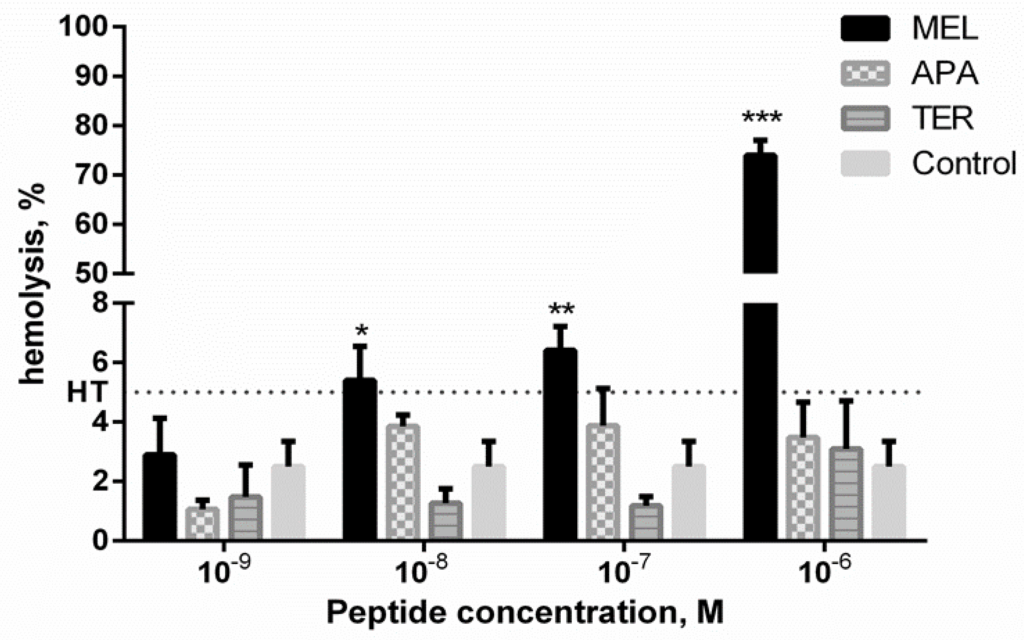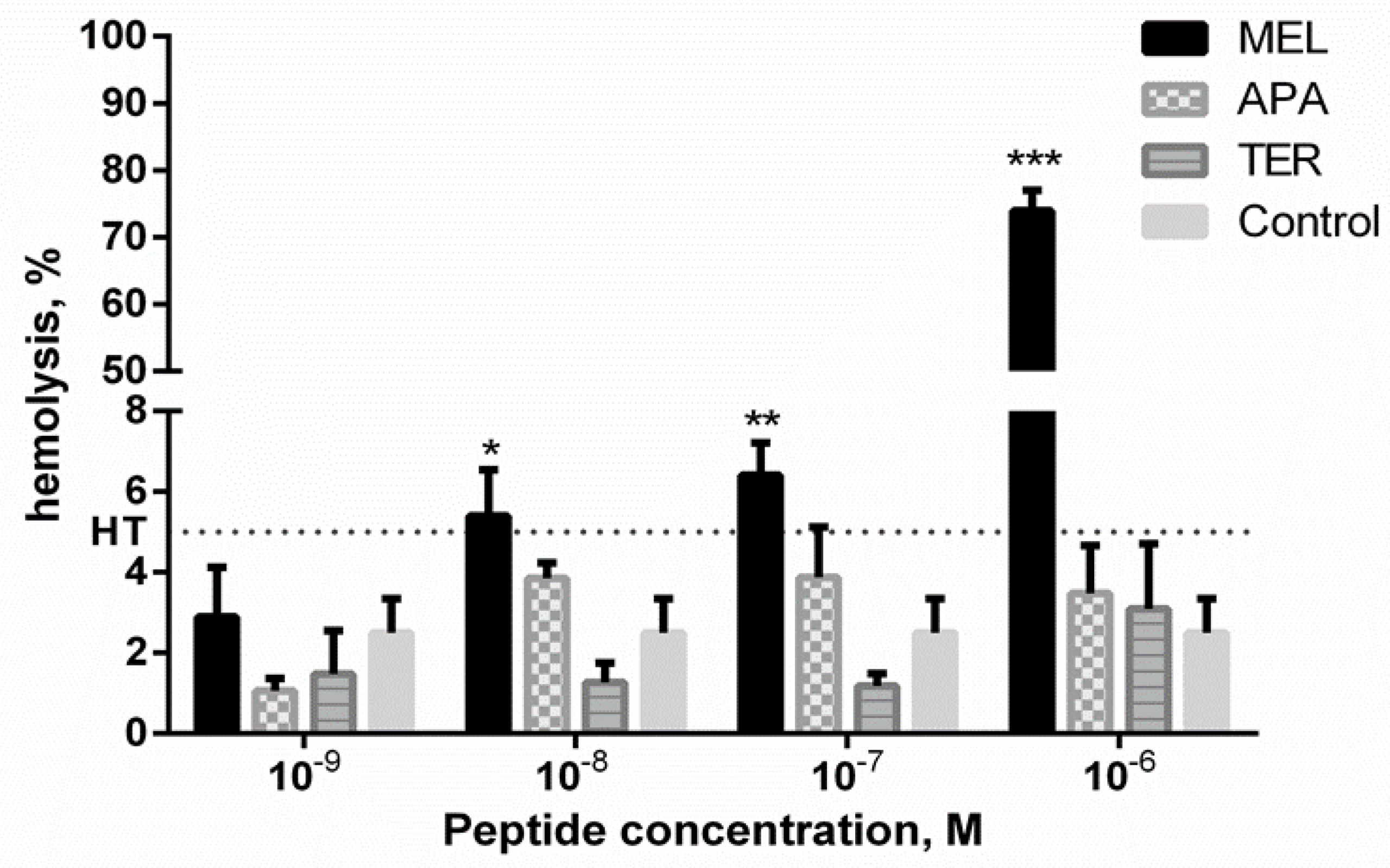
Melittin: Unveiling the Potent Peptide from Bee Venom with Promising Therapeutic Applications
Melittin, a peptide derived from bee venom, is garnering increasing attention in scientific and medical communities for its diverse biological activities and potential therapeutic applications. This article delves into the fascinating world of melittin, exploring its structure, mechanisms of action, potential benefits, and the challenges associated with its use.
What is Melittin?
Melittin is the main active component of honeybee venom, accounting for approximately 50% of its dry weight. It’s a small, amphipathic peptide, meaning it has both hydrophobic (water-repelling) and hydrophilic (water-attracting) regions. This unique structure allows melittin to interact with cell membranes, leading to a range of biological effects.
The peptide consists of 26 amino acids arranged in a specific sequence. This sequence gives melittin its characteristic ability to disrupt cell membranes, a property that underlies many of its observed activities. The hydrophobic region of the peptide inserts itself into the lipid bilayer of the membrane, while the hydrophilic region interacts with the aqueous environment.
Mechanism of Action
Melittin’s primary mechanism of action involves disrupting cell membranes. This disruption can lead to cell lysis (cell death) in some cases, particularly at higher concentrations. However, at lower concentrations, melittin can modulate various cellular processes without causing cell death. Here’s a more detailed breakdown:
- Membrane Disruption: The amphipathic nature of melittin allows it to insert into cell membranes, disrupting the lipid bilayer structure. This can lead to increased membrane permeability and leakage of cellular contents.
- Ion Channel Formation: Melittin can form ion channels in cell membranes, allowing ions like calcium and potassium to flow across the membrane. This can disrupt cellular signaling pathways and lead to various physiological effects.
- Enzyme Activation and Inhibition: Melittin can interact with various enzymes, either activating or inhibiting their activity. This can affect a wide range of cellular processes, including inflammation, cell growth, and apoptosis (programmed cell death).
- Modulation of Signaling Pathways: Melittin can modulate several signaling pathways, including the NF-κB pathway, which plays a crucial role in inflammation and immunity.
Potential Therapeutic Applications
The diverse biological activities of melittin have led to extensive research into its potential therapeutic applications. Some of the most promising areas of research include:
Cancer Therapy
One of the most exciting areas of melittin research is its potential as an anti-cancer agent. Studies have shown that melittin can inhibit the growth and spread of various types of cancer cells, including breast cancer, lung cancer, and leukemia. The mechanisms by which melittin exerts its anti-cancer effects are complex and multifaceted, involving:
- Direct Cytotoxicity: Melittin can directly kill cancer cells by disrupting their cell membranes.
- Inhibition of Angiogenesis: Angiogenesis is the formation of new blood vessels, which is essential for tumor growth and metastasis. Melittin has been shown to inhibit angiogenesis, thereby starving tumors of nutrients and oxygen.
- Induction of Apoptosis: Melittin can trigger apoptosis in cancer cells, leading to their programmed death.
- Modulation of Immune Response: Melittin can stimulate the immune system to attack cancer cells.
While these results are promising, it’s important to note that most of these studies have been conducted in vitro (in laboratory settings) or in animal models. More clinical trials are needed to determine the safety and efficacy of melittin in treating cancer in humans. [See also: Cancer Research Advances]
Anti-inflammatory Properties
Melittin has potent anti-inflammatory properties. It can inhibit the production of inflammatory cytokines, such as TNF-α and IL-1β, which play a key role in chronic inflammatory diseases like arthritis and inflammatory bowel disease. Melittin‘s anti-inflammatory effects are mediated by its ability to modulate the NF-κB signaling pathway, a central regulator of inflammation.
Research has shown that melittin can reduce inflammation and pain in animal models of arthritis. It has also been shown to be effective in treating inflammatory skin conditions like eczema. However, more research is needed to determine the optimal dosage and delivery method for melittin in treating inflammatory diseases in humans. [See also: Natural Anti-Inflammatories]
Antiviral Activity
Melittin has demonstrated antiviral activity against a range of viruses, including HIV and influenza. Its antiviral mechanism of action is thought to involve disrupting the viral envelope, preventing the virus from entering cells. Furthermore, some research suggests that melittin might be effective against certain drug-resistant viruses. However, further studies are required to fully understand the potential of melittin as an antiviral agent. [See also: Emerging Viral Threats]
Antibacterial Properties
Melittin also exhibits antibacterial properties against various bacteria, including Staphylococcus aureus and Escherichia coli. Its antibacterial mechanism of action is similar to its antiviral mechanism, involving disruption of the bacterial cell membrane. The potential of melittin as an antibacterial agent is particularly relevant in the context of increasing antibiotic resistance. [See also: Combating Antibiotic Resistance]
Challenges and Considerations
Despite its promising therapeutic potential, melittin faces several challenges that need to be addressed before it can be widely used in clinical settings. These challenges include:
- Toxicity: Melittin can be toxic at high concentrations, causing cell lysis and inflammation. Therefore, it is crucial to develop strategies to reduce its toxicity while maintaining its therapeutic efficacy.
- Non-Specificity: Melittin can affect both healthy and diseased cells. Targeted delivery systems are needed to ensure that melittin only affects the intended target cells.
- Immunogenicity: Melittin can trigger an immune response, which can limit its effectiveness and cause adverse effects. Strategies to reduce the immunogenicity of melittin are needed.
- Delivery Challenges: Delivering melittin to the target site can be challenging due to its instability and rapid degradation in the body. Novel delivery systems, such as nanoparticles and liposomes, are being developed to overcome these challenges.
Future Directions
Research on melittin is ongoing, with a focus on addressing the challenges mentioned above. Scientists are exploring various strategies to improve the safety and efficacy of melittin, including:
- Developing Targeted Delivery Systems: Nanoparticles, liposomes, and other delivery systems are being developed to deliver melittin specifically to cancer cells or other target tissues.
- Modifying the Melittin Structure: Scientists are modifying the amino acid sequence of melittin to reduce its toxicity and immunogenicity while maintaining its therapeutic activity.
- Combining Melittin with Other Therapies: Melittin is being combined with other therapies, such as chemotherapy and radiation therapy, to enhance their effectiveness.
Conclusion
Melittin, a potent peptide from bee venom, holds significant promise as a therapeutic agent for a variety of diseases, including cancer, inflammatory disorders, and viral infections. While challenges remain, ongoing research is focused on overcoming these hurdles and developing safe and effective melittin-based therapies. The future of melittin research is bright, with the potential to revolutionize the treatment of various diseases.

